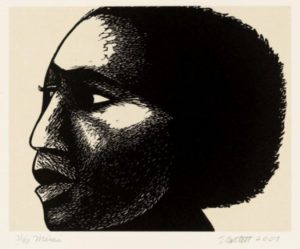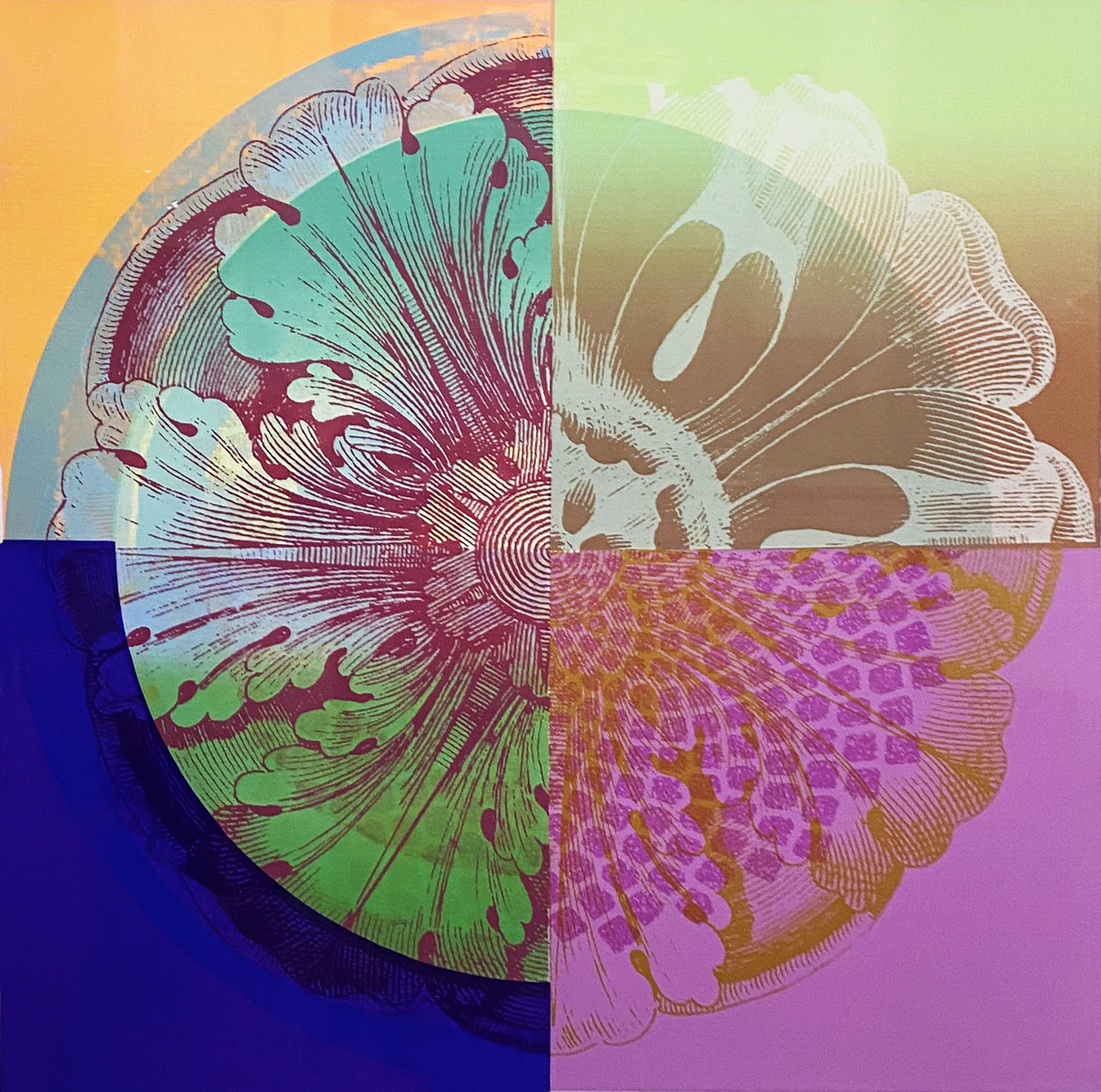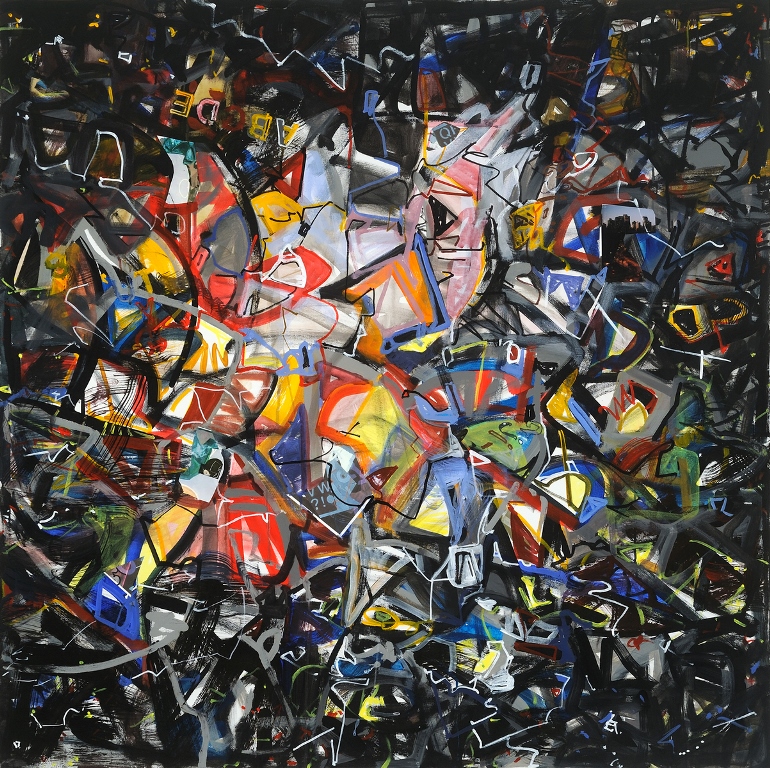
Anderson Pigatt Bibliography
Anderson Pigatt (1928-2009)
artwork | video | statement | bio | bibl. | press | resume
Bibliography
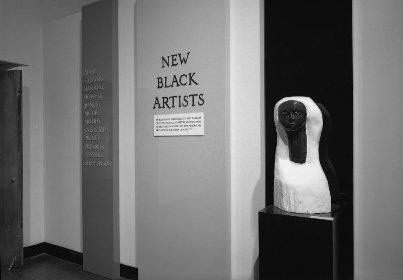
African-American Visual Artists – An Annotated Bibliography of Educational Resource Materials. Daniel Frye. The Scarecrow Press, Inc.: Lanham, MD, February 7, 2001
Almanac of African American Heritage: A Book of Lists Featuring People, Places, Times, And Events that Shaped Black Culture. Juanita J. Davis, Sharon E. Ferguson-Roberts, Rita G. Giles and Johnnie H. Miles. Prentice Hall: Upper Saddle River, NY, 2000.
Anonymous.”Harlem Unveiling.” New York Post: New York, NY, August 26, 1975.
Black Art – Ancestral Legacy: The African Impulse in African-American Art. Robert V. Rozelle, Alvia Wardlaw and Maureen A. McKenna, ed. Dallas Museum of Art: Dallas, TX, 1989.
Bullard, C. “African Roots Nourish Universal Images.” Richmond Times-Dispatch: Richmond, VA, October 15, 1993.
Canady, John. ” Sculpture is the Strength of New Black Artists’ Show.” The New York Times: New York, NY, October 8, 1971.
Chandler, Dana. “Anderson Pigatt: A Self-Taught Artist.” Bay State Banner. Boston, MA, November 22, 1973.
Dorsey, John. “Pigatt Retrospective.” The Baltimore Sun: Baltimore, MD, October 20, 1998.
King Hammond, Leslie. Masters, Mentors and Makers.Pavsner Press: Baltimore, MD, 1992.
King Hammond, Leslie. The Intuitive Eye. Harbor Exchange: Baltimore, MD, 1985.
Masters, Barbara. “Integrity of the Message and the Medium.” AURA of the Arts: Baltimore, MD, August 1977.
Pigatt, A. “A Tree Returns to Harlem.” New York Voice: New York, NY, Aug. 29, 1975.
Preston, Malcolm. “Distinctly Black.” Newsday: Long Island, NY, December 24, 1971.
Sharp, Christopher. “Arts and Pleasures, Stories in Wood.” Womens Wear Daily: New York, NY, August 31, 1976.
Smythe, Victor. Black New York Artists of the 20th Century: Selections from the Schomburg Collections. New York Public Library Press: New York, NY, 1998.
Speaking Spirits: Nov. 18-Dec. 2, 1973: Sculpture by Anderson J. Pigatt: Museum of National Center of Afro-American Artists. National Center of Afro-American Artists, 1973
Stevens, Elisabeth. “Intuitive Eye is Artists’ Vision.” The Baltimore Sun: Baltimore, MD, June 6, 1985.
St. James Guide to Black Artists: Schomburg Center for Research in Black Culture. Thomas Riggs. St James Press: An Imprint of Gale: Detroit, MI, 1997.
Taylor, Edward. New Black Artists.Clarke and Way, Inc., 1969.
Taylor, Robert. “Anderson J. Pigatt Sculpture Seen in Speaking Spirits.” Boston Globe: Boston, MA, November 22 ,1973.
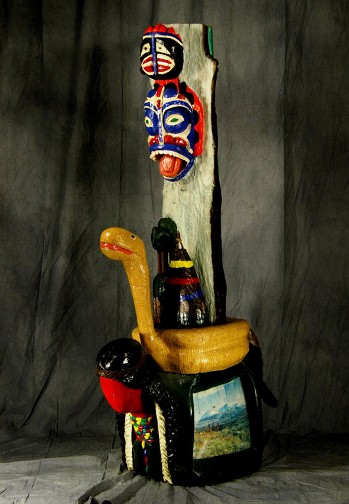


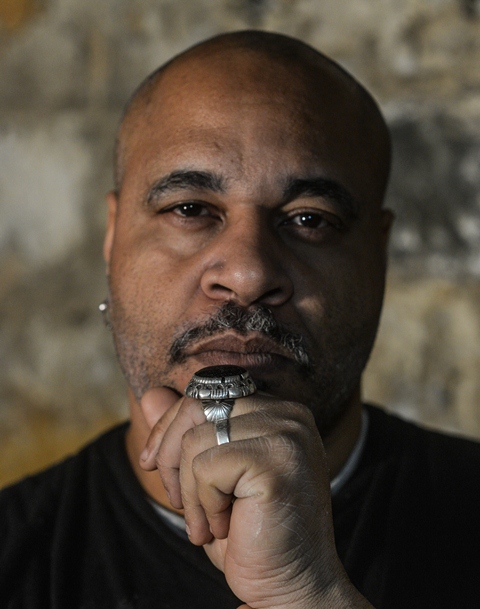
 When shaping the stone I rely on the extremely physical process of direct carving, coupled with experimentation in natural and artificial lighting. In my most recent sculptures organic pigments are integrated to exploit symmetry and to empower their aesthetic integrity. I achieve the most visceral and focused statements through improvisation.
When shaping the stone I rely on the extremely physical process of direct carving, coupled with experimentation in natural and artificial lighting. In my most recent sculptures organic pigments are integrated to exploit symmetry and to empower their aesthetic integrity. I achieve the most visceral and focused statements through improvisation. When working in the expression of landscape Astrophotography, I am constantly searching for ways in which to navigate/interpret light, space and soul. Humbled by the vastness of the cosmos, when I compose an image I seek to explore the limits and promise of my own physical mortality.
When working in the expression of landscape Astrophotography, I am constantly searching for ways in which to navigate/interpret light, space and soul. Humbled by the vastness of the cosmos, when I compose an image I seek to explore the limits and promise of my own physical mortality.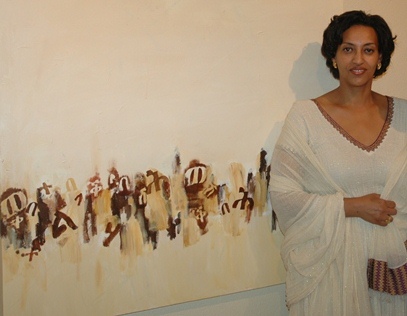 Each of my paintings starts with a loose sketch, landscape or object and is built up with layer upon layer of paint. Often it will be in a state of chaos before the process of adding and subtracting begins. I do not start with an end in mind when I begin a painting, instead the challenge is to find the end. This process to me is a type of meditation – an intimate conversation between the materials and myself.
Each of my paintings starts with a loose sketch, landscape or object and is built up with layer upon layer of paint. Often it will be in a state of chaos before the process of adding and subtracting begins. I do not start with an end in mind when I begin a painting, instead the challenge is to find the end. This process to me is a type of meditation – an intimate conversation between the materials and myself.